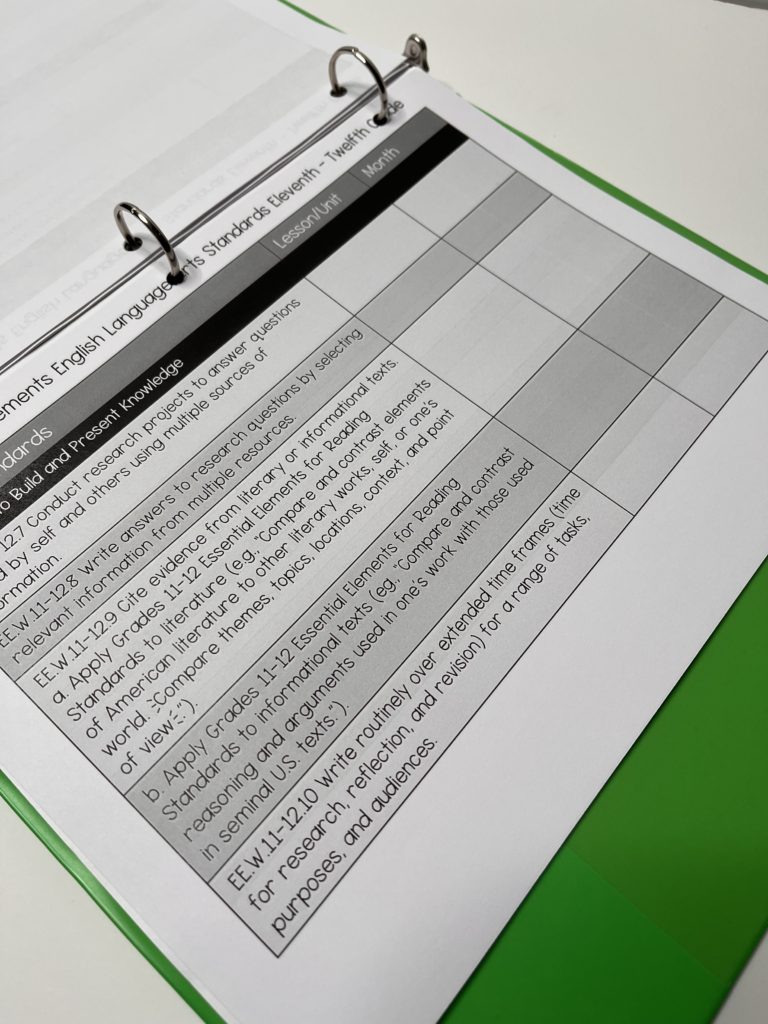In the world of special education, teachers face a unique challenge: how to effectively use state learning standards to guide their instructional practices while accommodating students with diverse learning needs. This balancing act often involves weighing the pros and cons of using grade-level versus academic ability.
As we know, many students with special needs may perform below their grade level in certain skills. In this blog post, we’ll explore the importance of instruction in special education, discuss the considerations of using grade-level versus academic ability, and highlight valuable resources available to special education teachers.
Standards-based instruction is the backbone of modern education, and it plays a crucial role in ensuring that students receive a well-rounded and comprehensive education. These serve as a roadmap for what students should know and be able to do at each grade level in various subject areas. For students with special needs, standards-based instruction offers a clear framework for setting academic goals, tracking progress, and promoting consistency in education.

Get the Essential Elements Guide
Get the Common Core Guide
Get the Access Points Guide
One of the primary challenges that special education teachers face is deciding whether to align their instructional practices with grade-level or academic ability standards, also known as alternate or modified standards. Here, we’ll weigh the pros and cons of each approach:
Pros:
Cons:
Pros:
Cons:
To assist special education teachers in planning their school year, I have created Common Core, Access Points, or Essential Elements planning guides to help you map out your school year! You can read more about how to plan for your curriculum here.

The key to effectively navigating this dilemma lies in the development of Individualized Education Plans (IEPs). IEPs are personalized documents that outline the specific educational goals and services for each student with special needs. These plans can include a combination of grade-level and academic ability, ensuring that each student’s unique needs are addressed.
For example, a student with dyslexia may receive instruction based on grade-level standards in mathematics but may follow academic ability standards for reading and language arts. This approach allows teachers to challenge students in areas of strength while providing additional support in areas of weakness.
In conclusion, special education teachers face the ongoing challenge of aligning their instructional practices with state learning standards, while accommodating the diverse needs of their students. While there are pros and cons to both grade-level and academic ability, the key is to strike a balance through Individualized Education Plans. By doing so, educators can provide tailored instruction that empowers students to reach their fullest potential. Additionally, resources like Teachers Pay Teachers offer valuable support for special education teachers as they navigate this complex educational landscape, ensuring that every student receives the quality education they deserve.
Get the Essential Elements Guide
Get the Common Core Guide
Get the Access Points Guide
Instagram | TeachersPayTeachers | Facebook | Boom Learning Library | Pinterest | Youtube
What are you looking for?
COPYRIGHT © 2025 Full SPED Ahead